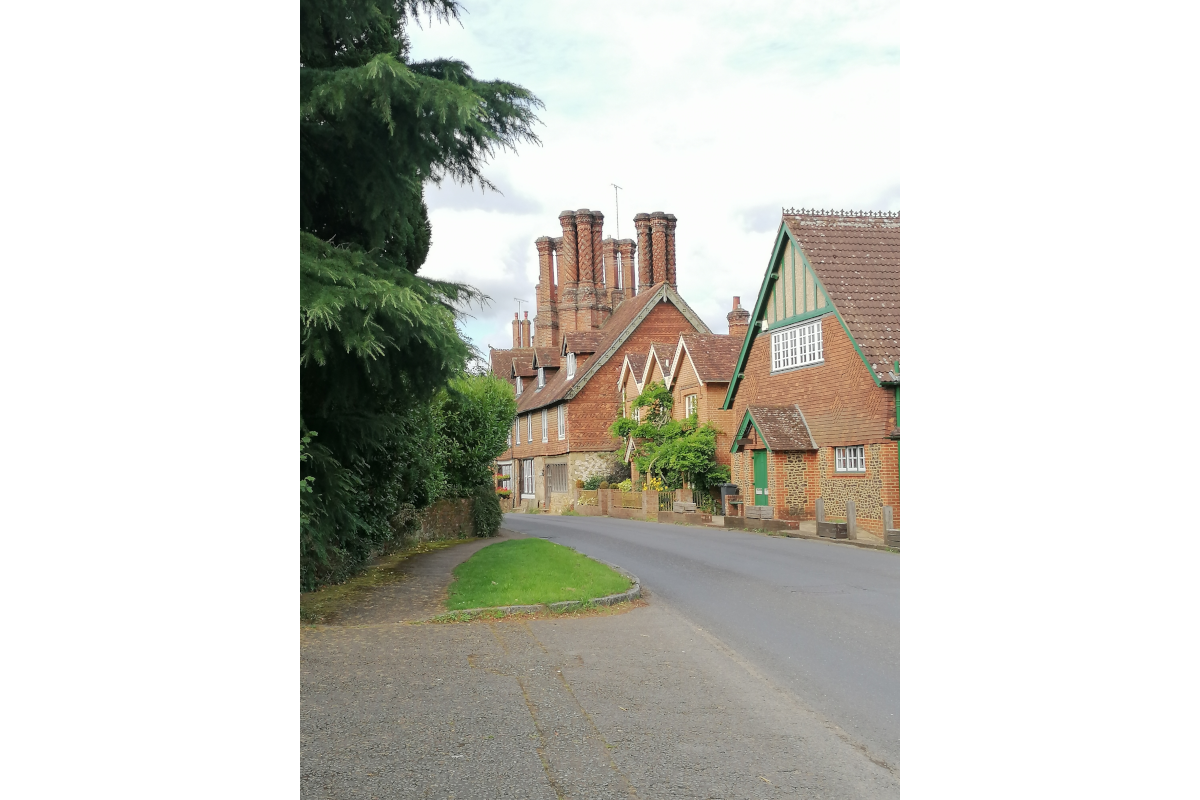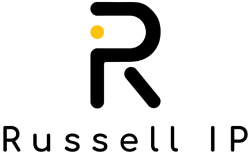In part 1 (link here) of this series of short articles on the value of “prior art” searching, I explained how I came up with an idea of a telescopic hex key, but knocked it out through some quick and basic prior art searching. In part 2 (link here), I explained how I used the setback of knocking out my initial idea as a springboard to think around the idea and come up with something, potentially, more useful – before knocking that idea out too. In part 3 (link here), I described how I took a bit of a U-turn and started thinking about a different problem with hex keys until, again, I found that my solution to the alternative problem was also already known.
In this final short article of this series, I’m sharing a few learning points and observations on the value of prior art searching for inventors and prospective patent applicants:
- Even if you’ve come up with an idea independently (to the best of your knowledge), it might already be out there in the public domain. If so, the existing public disclosure might mean that you can’t (validly) patent your idea. (This does depend on the nature and extent of the existing disclosure and different countries have different rules on prior disclosures, though, so always speak to an IP specialist if you’re not completely certain of the impact of an existing disclosure.)
- While finding such existing disclosures is disappointing, frustrating and can be a bit of a confidence knock, it’s probably better to find them sooner rather than later, so you don’t waste time and money pursuing an idea that definitely isn’t novel.
- They can also serve as an innovation catalyst, to rethink your idea, identify new problems and so on.
- Sometimes prior art you find isn’t actually as close as it initially looks, especially since patent documents can be difficult to read and understand for those not accustomed to them. There may be differences between your idea and the prior art that can become more apparent when speaking to an IP expert.
- You can do some quick and basic patent searching yourself. I personally use the European Patent Office’s (EPO’s) free Espacenet search platform (link here) for this. You can also pay to have a professional patent searcher do some more involved searching, which can often be worthwhile in the long run. Patent offices generally carry out their own searching too, but only once a patent application has been filed before them.
- In these short articles, I’ve only focused on prior art in the form of earlier patents and patent applications. Prior art can generally take many other forms, such as blog posts, scientific papers, online videos etc. More comprehensive prior art searching should include such other forms of disclosure.
If you’re a patent-savvy music tech business looking for patent help, get in touch with Russell IP here!
The information above is for general interest and information only and does not constitute legal advice.




